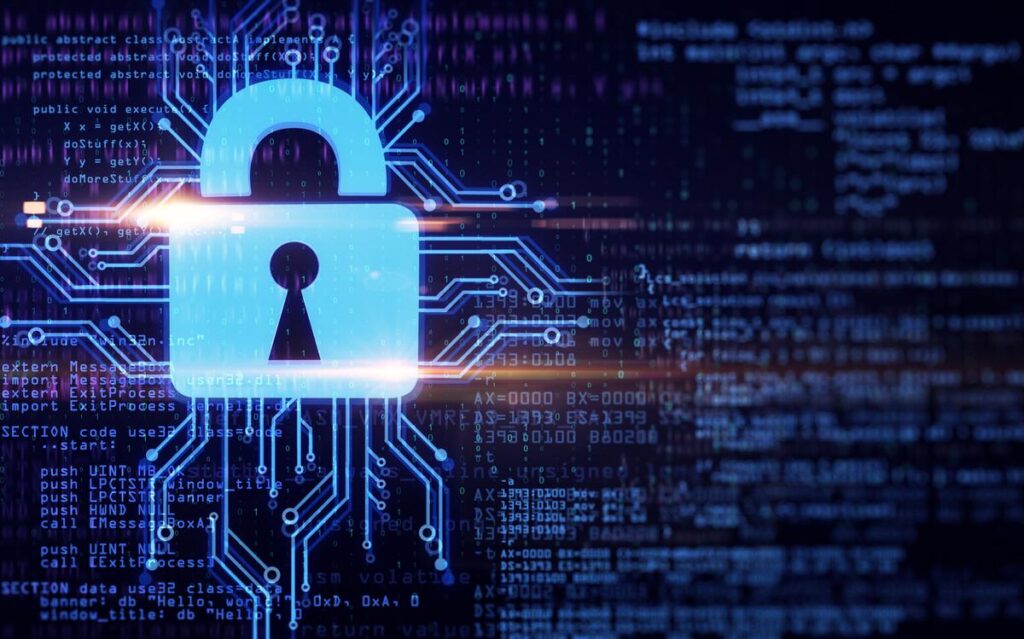What Is Information Security & What Should Employees Know About It?
Information security has become a critical issue in the workplace, with digitalization and work-from-home starting to come of age, and the increase in cyberattacks further fanning the flames. As the name suggests, this is a practice that deals with securing information, which includes everything from employee data, to customer information, internal correspondence, and corporate strategies.
No matter how many systems, processes, controls, and safeguards are in place, securing information ultimately boils down to employees. Without including them as a part of the equation, any system that gets put in place will only serve to be undermined by the humans who use it. As a result, employees have a lot to learn about the digital world of work, and here are some pointers to set the stage.
1.Understanding The Law
Given its implications, the protection of data, whether it pertains to employees, employers, or customers, remains codified under most jurisdictions. While there is the GDPR in the European Union, there are similar state and federal laws in the US, including, but not limited to the Sarbanes-Oxley Act, the Fair and Accurate Credit Transaction Act (FACTA), and the California Senate Bill 1386.
Most large publicly traded companies make it a point to brief employees on these regulations, explaining the various implications in the case of a breach, both for the company, and the individual employee.
2. Building Digital Security Literacy
Most information security professionals swear by the importance of certain best practices when it comes to setting, using, and the change of passwords. Employees, however, take a more lax approach and find it a hassle to deal with these requirements, mostly because they haven’t been made aware of the substantial risks posed by social engineering.
Setting stringent rules, systems, and controls can help instill momentary discipline, but it is unlikely to last if workers aren’t made aware of the reasoning behind the same.
Making worker’s understanding of cybersecurity risks should go beyond mere passwords, to various other vulnerabilities, ranging from suspicious emails to personal devices.
3. Privacy, Non-Disclosure & Confidentiality
While a non-disclosure agreement is pretty standard across small and large organizations across the world, compliance with the terms and clauses stated remains sparse. This again is a result of employees not understanding the gravity of the information flowing through them, and the consequences of even minor leaks to external parties.
It is essential to spread awareness of how criminals and other unscrupulous elements find their edge, and how even small amounts of leaks can put the company’s network, reputation, and clients at risk.
4. Access Control, Physical Security & Surveillance
When working with confidential and sensitive information, employees must be made aware of the systems, processes, and controls that remain in place to safeguard the data.
This includes access controls, such as necessary authorizations, logging of particulars, and the creation of accountability on the individual, who will be held responsible in the case of leaks, breaches, or theft.
This is followed by physical security measures, such as keeping archives locked or disabling USBs in work devices, and even extensive surveillance such as CCTV cameras, where any untoward behavior can be identified and dealt with right away.
Going Further With Information Security: Getting Certified
After going through the core essence of information security above, it should be pretty clear that cybercrime ultimately starts and stops with employees. As a result, it makes great sense to take this a step further, and get them certified in information security, to build an unshakable foundation for the future, with a constantly evolving threat matrix.
In fact, Information security training has become quite accessible, and affordable in recent years, making it possible for all employees to get certified at CrushTheInfoSecExams.
Final Words
As work increasingly becomes digital, and with most organizations storing substantial amounts of sensitive data on cloud servers, cybercrime has since become a new existential threat, with small slips having the potential to wipe out billions, and take a company under.
























